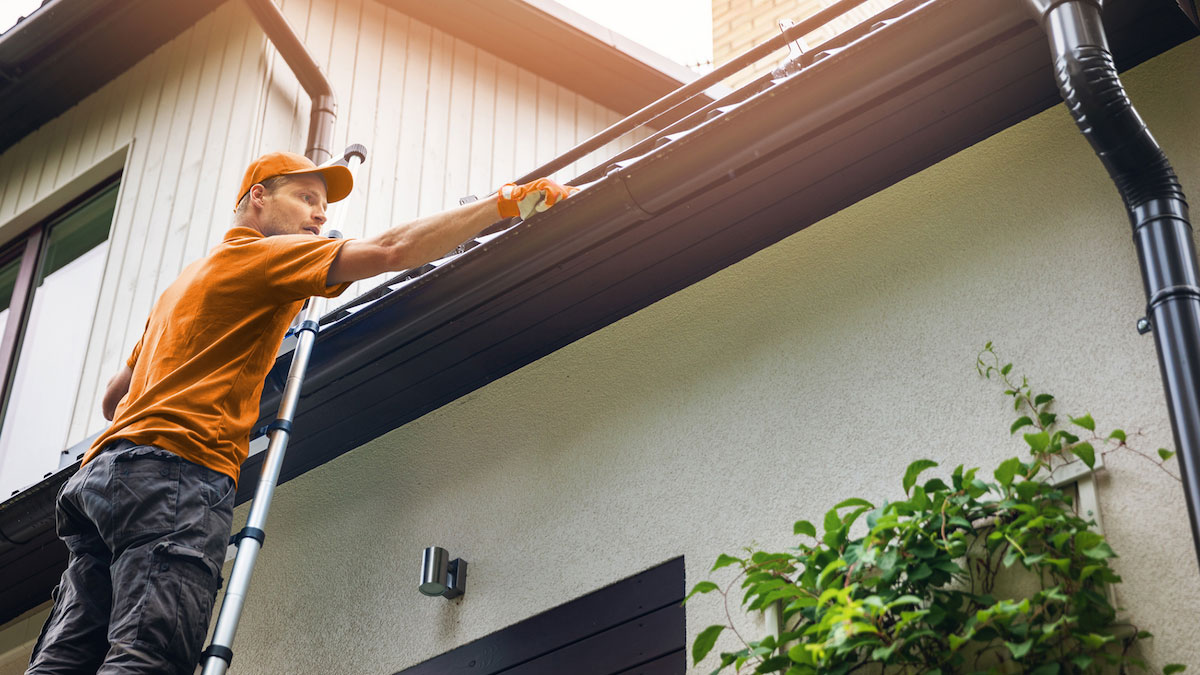
Renting out your property can be a profitable venture, but one bad tenant can turn your investment into a nightmare. From late payments and property damage to evictions and legal headaches, the risks of renting to the wrong person are real. That’s why a thorough tenant screening checklist process is critical. With a well-structured checklist, landlords can significantly reduce the chances of renting to unreliable tenants. Here’s a proven screening checklist to help you avoid bad tenants and protect your property.
1. Pre-Screen Over the Phone or Email
The screening process should begin before the tenant even sees the property. Ask basic questions over the phone or through email to gauge interest and suitability. Key questions include:
- Why are you moving?
- When do you plan to move in?
- What is your monthly income?
- How many people will be living in the unit?
- Do you have pets?
- Have you ever been evicted?
These questions can help you identify red flags early and save time.
2. Use a Detailed Rental Application
Require all prospective tenants to fill out a comprehensive rental application. This form should request:
- Full name and contact information
- Employment history and income verification
- Rental history with landlord references
- Social Security number (for credit and background checks)
- Authorization to perform credit and background checks
A complete application provides the data needed to make an informed decision.
3. Verify Employment and Income
A reliable tenant should have a stable income. Contact the applicant’s employer to confirm their job status, income, and length of employment. A good rule of thumb is that the tenant’s monthly income should be at least three times the rent. Ask for recent pay stubs, W-2s, or tax returns for added verification.
4. Check Credit Report
A credit report offers valuable insight into a tenant’s financial responsibility. Look for:
- On-time payment history
- Outstanding debts or collections
- Bankruptcy filings
- Credit score
While a lower score doesn’t always mean a bad tenant, a history of missed payments or financial instability can be a major red flag.
5. Run a Criminal Background Check
Safety is crucial, not only for you as the landlord but also for other tenants and neighbors. A criminal background check can uncover past convictions, including violent crimes, drug offenses, or theft. Use this information to assess potential risk, keeping fair housing laws in mind.
6. Contact Previous Landlords
Speaking with past landlords can offer invaluable insights into a tenant’s behavior. Ask about:
- Timeliness of rent payments
- Property upkeep
- Complaints or disturbances
- Whether they would rent to the tenant again
Be cautious if an applicant refuses to provide landlord references.
7. Conduct an In-Person Interview
Meeting the tenant in person can reveal more than paperwork ever will. Observe their behavior, punctuality, and attitude. A respectful and responsible demeanor during a showing or meeting often indicates how they’ll treat your property.
Conclusion
Avoiding bad tenants doesn’t have to be a game of chance. With a structured and consistent screening checklist, landlords can make informed decisions that protect their investment and ensure a smoother rental experience. Stick to these steps and trust the process—you’ll drastically reduce the risk of renting to the wrong person.



